Date: 26 February 2013
So where do you go from here to differentiate your products from the competition? The Passivhaus window standard takes a technical approach to windows and proves why triple glazing is essential when trying to reduce energy bills. Passivhaus is the German standard used to design and build properties with little to no dependence on space heating, and no reliance on air conditioning. The ethos behind the Passivhaus standard is a “fabric first” approach. Thermal bridges are removed from the building design greatly reducing the ability for heat to be drawn out of the building. Using an air tight design the Passivhaus certification requires the building to have an air permeability of just 1.0m3/hr/m2 or less (equivalent to an air tightness of 0.6 air changes) at 50 Pascals (Building Regulations standard is currently 10 x that at 10.00m3/hr/m2). A mechanical ventilation heat recovery system (MVHR) is used to move air in and out of the building, using an air intake and exhaust system. Fresh air is brought into the property sometimes via a ground source heat exchanger and conditioned using passive heat from inside the property produced by appliances, electrical goods, hot water pipes, and other passive heat sources in the house. This conditioned air then circulates around the house before exiting via the exhaust system. Exceptionally efficient thermal insulation is fitted into the walls and the external fabric of the building with ultra low window U value glazing installed. This “fabric first” approach means that no heat generated inside the property goes to waste: so little heat is lost that the building should be able to maintain the desired temperature (normally around 21°C, although a designer / architect, should be able to adjust the design to cater for the desired temperature of their client). The MVHR system ensures that the air quality inside the property isn’t adversely affected by the airtight design by ensuring adequate air changes.The Passivhaus window is a very carefully thought out specification. The windows we choose for our homes are vitally important in retaining the heat we generate. On average our windows still account for around 25% of the heat lost from our homes. Windows provide our homes with light and visual benefits, giving any building a vital connection between the interior and exterior of the property. However, any glazed area also tends to create cold spots and down drafts. These down drafts are not necessarily a result of poor frame quality or bad installation, the drafts are caused by the cold inner pane of a double glazed window, creating an area of cold air around the inside of the window. This cold air falls to the floor, where it then travels creating a down draft across the floor area. The Passivhaus standard requires exceptional control over the temperature inside the building. Even with an ultra efficient double glazed window the inner pane would still be too cold to control the temperature and air currents inside the building without some form of reasonable heating. The Passivhaus standard requires no more than a 4°C temperature differential between the inner pane of the window and the ambient temperature inside the house. Any more than a 4°C temperature difference and the heat captured in the house will be attracted to the cold inner pane of the window where the heat is leached out, and cold spots and down drafts are created. The only way to maintain less than a 4°C difference in temperature between the inner pane of the glass unit and the ambient room temperature is by triple glazing the window. However, not just any triple glazing! The whole U value of the window needs to be no more than 0.8 Uw, which is now often referred to as the Passivhaus window specification. The window profiles in Germany are wider, giving more flexibility in IGU performance where as in the UK narrower profiles are used making it slightly harder to achieve this performance. As a general rule of thumb, a whole window U value of 0.8 W/(m2K) requires a centre pane U value of 0.5 to 0.6 W/m2K depending on the performance of the profile and spacer bar. There are various options of insulating glass unit which provide this performance; all require two panes of Low E glass usually on surfaces 3 and 5, with either Argon or Krypton cavities.There are also other options to achieve the required U values for the Passivhaus windows, some of which can achieve centre pane U values as low as 0.4 W/m2K, Guardian’s range of ClimaGuard Low E glasses provide options to achieve the required performance.
Guardian’s ClimaGuard A+ can not only be used to achieve the required specification for the Passivhaus window, it also has a g value (solar gain) of 61% in a triple glazed unit, which allows optimum levels of heat to pass through the glazing, helping to heat the property inside. In the case of a Passivhaus design this greatly attributes towards the solar heat gain target of around 43% for the whole building. In addition to this, ClimaGuard A+ has a high light transmission which means that a lot less light is lost through the triple glazed windows, helping to keep the property light and bright, as well as exceptionally thermally insulated. With government targets set to reduce energy consumption and CO2 emissions, the Passivhaus window may well be the window for the future!
For more information on the Passivhaus window visit www.guardianglass.co.uk/architectural/passivhaus

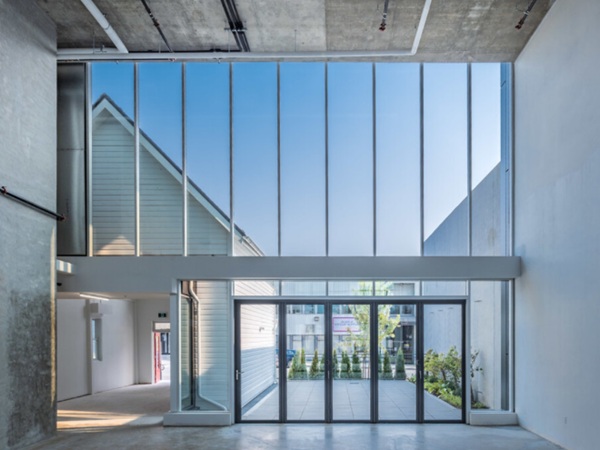
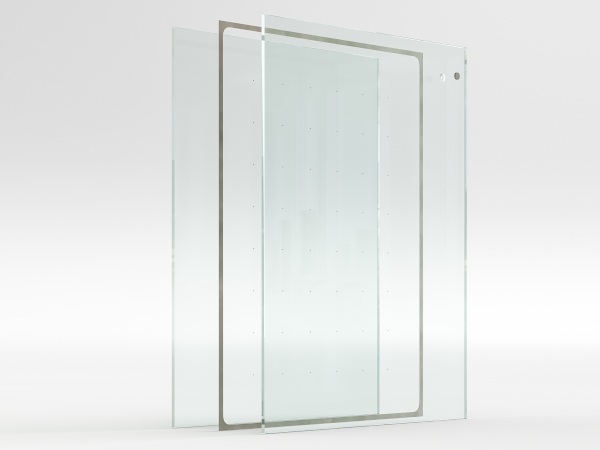
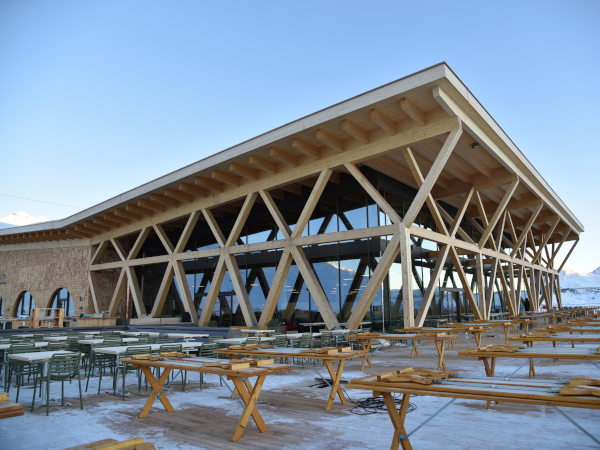

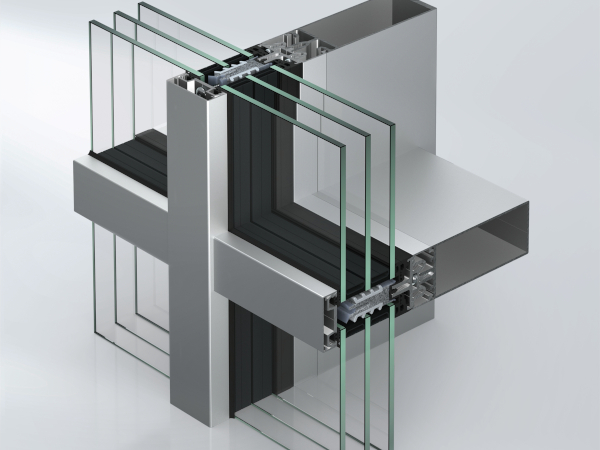
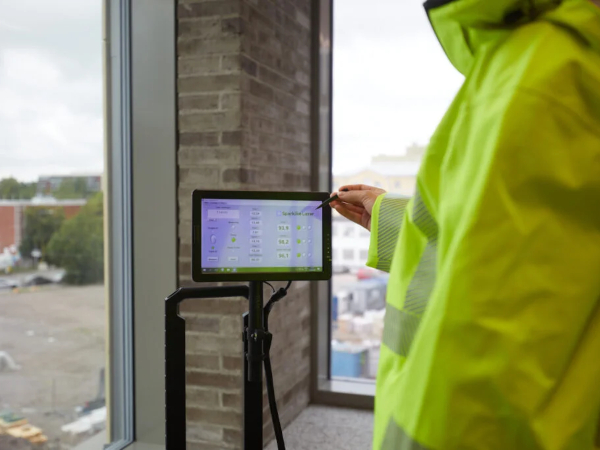



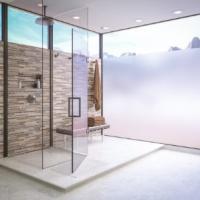


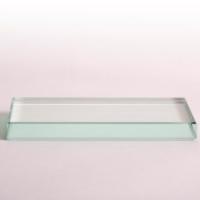

Add new comment